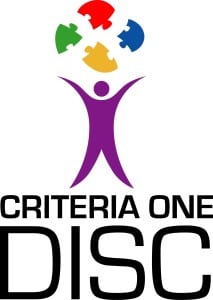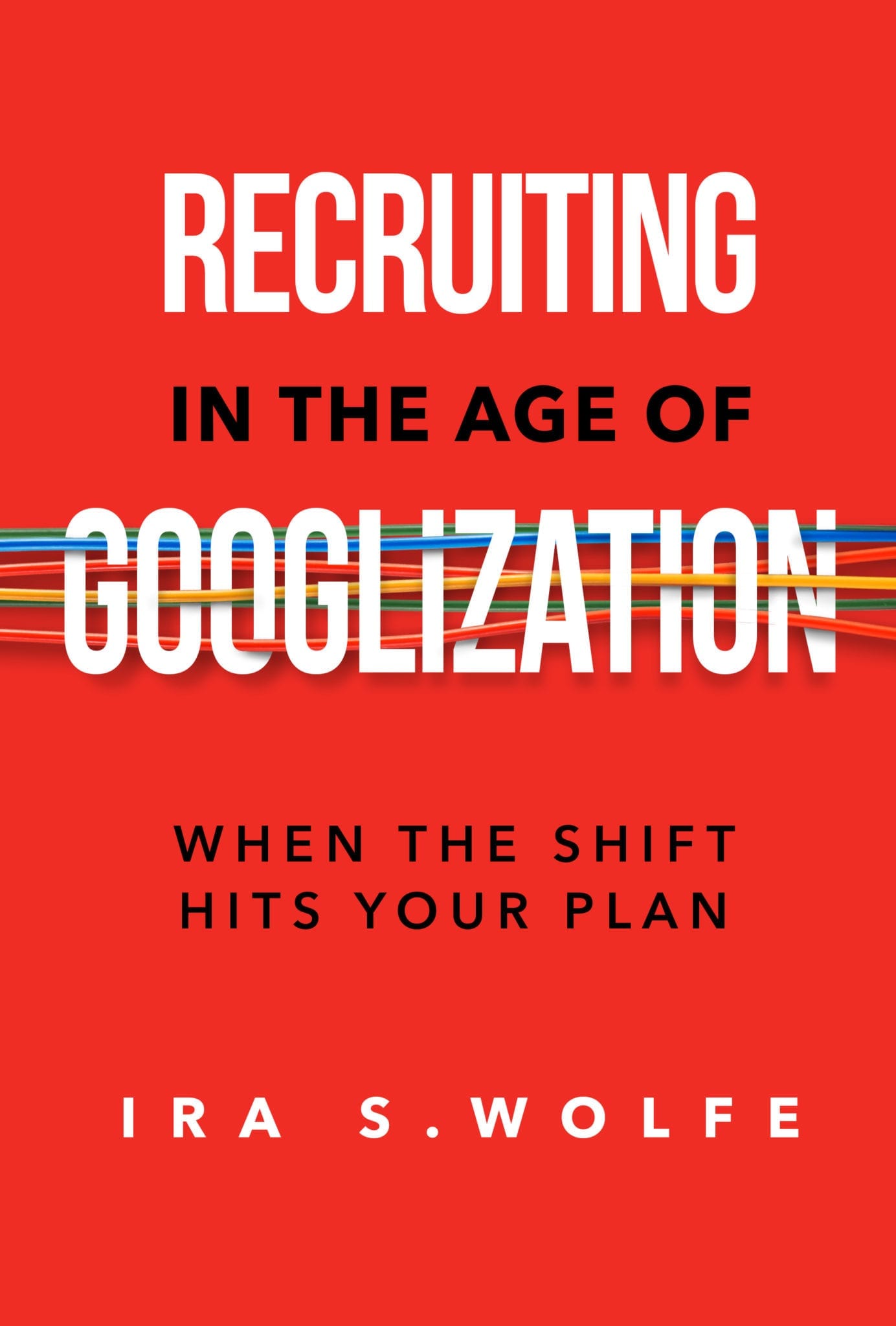DISC
Recruit Faster. Hire Smarter. Retain Longer.
DISC is a widely used business assessment but many people still ask “What is DISC?”
The acronym DISC represents four distinct personal preferences that determines a person’s behavioral style. These preferences affect how employees respond to the four Ps or Performance: Problem, People, Pace and Procedures. For example:
 D = Direct – Employee is energized by taking control and solving Problems
D = Direct – Employee is energized by taking control and solving Problems
I = Influence – Employee is energized when influencing other People
S = Steadiness – Employee is energized by a steady Pac.
C = Conscientious – Employees is energized by complying with Procedures Set by other people.
An employee’s DISC style is not merely the result of some test. DISC is observable and has been called the “universal language.” By observing and listening to others and using DISC as the foundation, you will determine one’s preferences. Likewise, others have likely determined your DISC style, even if you’ve never completed a DISC profile.
As much as DISC is highly predictable for behavioral style, it has no validity when it comes to skills and abilities. For instance, the D manager may be energized by controlling others and troubleshooting but he may not have any ability to manage people or projects and solve problems effectively. The Influencer may have the gift of gab but lack the ability to persuade others to his viewpoint…and so on. The best applications of DISC are self-development, interpersonal skills, customer service and sales training, leadership development, and team building.
Below are more in-depth descriptions of each DISC style:
D(irectors)s are the controllers of people and situations. They tend to be energized by taking charge of the problem – big or small. They live and die on beating the odds and jumping the hurdles. Given the choice between troubleshooting a customer’s problem and following up on yesterday’s list of things to do, a “D”s choice is simple: troubleshooting wins nearly every time. Problems energize the D and fixes are the reward. Fixing a problem provides immediate gratification, even if the solution is short-term. “D”s shift gears often and expect results fast. They live their life on the edge and prefer to do it their way or not at all. While “D”s view their behavior as bottom-line oriented, others may find their disposition as aggressive and impatient. The emotion driving D behavior is anger. “D”s live by the motto: “winning is everything, it’s the only thing.”
I(nfluencer)s are the persuaders. “I”s tend to be energized by influencing other people. This dispositional type is more energized by talking more than listening. They enjoy influencing other people, especially to their viewpoint. They value relationships over tasks and can strike up a conversation with almost anyone. For the I, the world isn’t filled with strangers but a world of friends, many of whom they just haven’t met yet. “I”s are energized by sharing stories, selling their viewpoints, and gaining acceptance. They lived a life of building alliances through social networking long before Facebook, MySpace, and LinkedIn hit the scene. The emotion driving the “I” disposition is optimism and trust. They see the glass as always half-full and prefer to take people at their word. For this reason, many “I”s prefer not to let data and facts get in the way of a good friendship or solution turning a pre-disposed strength into a potential weakness. “I”s live by the motto: “altitude is determined by attitude.”
S(teady relator)s are the accommodators. Like the “I”s they see the world through people but are much more reserved in how they show it. Their trust must be earned, it’s not a given. And building trust takes time. They prefer a stable, constant environment (unlike the fast-paced, constantly re-prioritizing world of the “D”s). “S”s are patient, loyal and “sticky.” They are often stereotyped as not liking change. But that viewpoint is not fair nor accurate. They accept change as long as they have time to plan ahead. “S”s are energized by following through with what they started. Whether it’s typing an email, finishing a chapter in a book, or completing an assigned project, “S”s must find a comfortable stopping point before they shift focus. The “start-this, no- do-this, now -do-this” management style just drives them crazy. But as accommodators, “S”s go with the flow, displaying nothing but calm, and avoiding or minimizing risk. Because they want to be good team players and prefer a low-key approach to communication, you never see what is about to happen (even though it’s as predictable as the sunrise and sunset): they slip the dreaded resignation under your door. How do managers miss this predictable behavior? The emotion of the “S” is non-emotion: not un-emotional but non-emotional. “S”s share their emotions with only their closest circle of friends and family. But everyone has a breaking point. Unlike the “D”s and “I”s who are open books, the S prefers to keep their emotions to themselves. The S motto might be “everything in moderation but tolerance.”
C(onscientious) represent the compliant types. They tend to be energized by complying with procedures and process. (That doesn’t mean they like the rules – they just are more inclined to follow them.) They seek to be in complete control of the facts, details, and information and relish the moment when they have dotted the last “i” and crossed the final “t.” In other words, the “C”s thrive in environments that function like clockwork. Caution and logic rules their decision making process. They take a CSI-type approach to solving problems and believe subjectivity and emotions only distort reality. Even if they disagree with the rules and regulations, they still receive self-gratification by getting the job done on time and/or under budget. Come tax time, “C”s might submit their returns early, even if they owe money, to be able to cross one more task off the list and avoid any chance of missing the deadline. Fear is the emotion driving C behavior. “Trust no one but yourself” might be a good motto for the C disposition.
So what is DISC? Why not contact us today for a free sample report or demo and we’ll be happy to show you!








